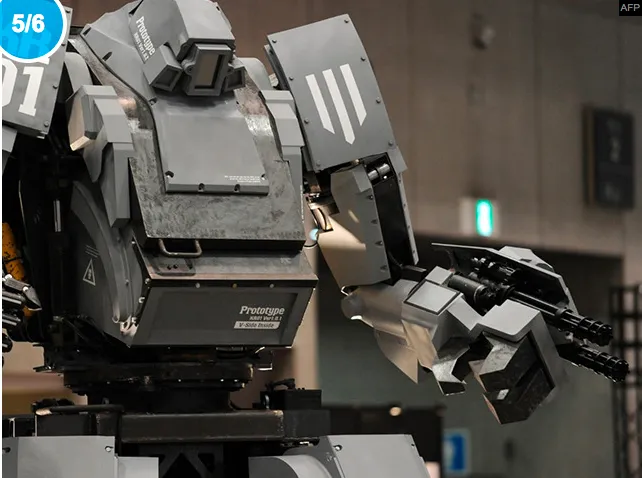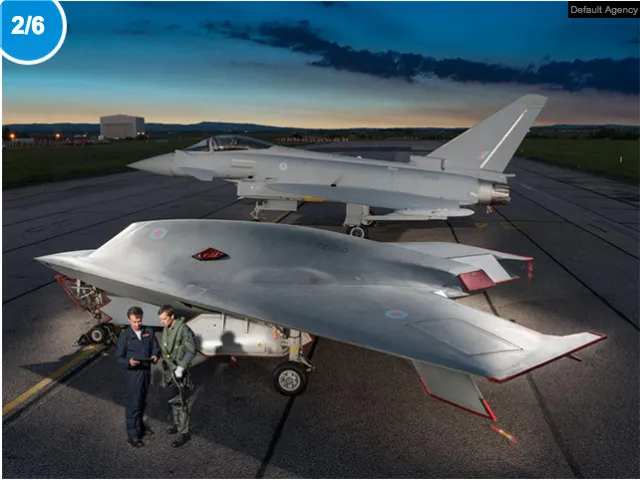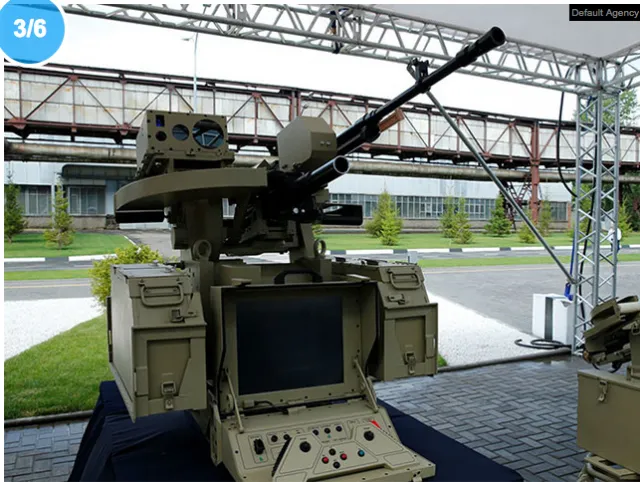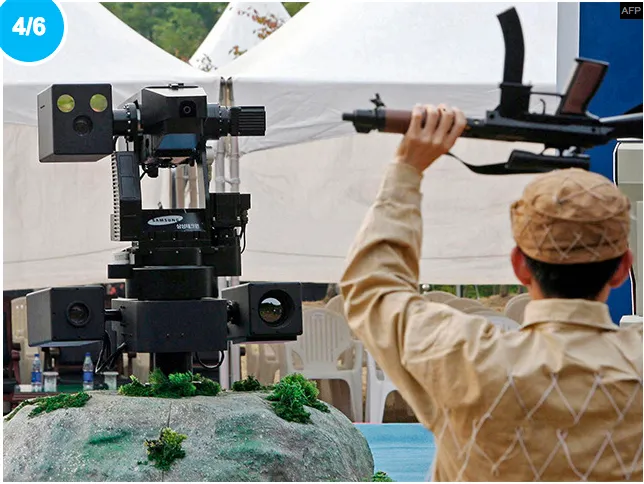
What will future military combat look like? Do you think it will be fought with humans, robots or a combination of the two? In this article we will explore this topic in detail. In a technological army, the use of different technologies such as AI, drones, robotics and advanced assault vehicles will most likely be integrated seamlessly into a smooth and efficient battle strategy which leaves no stone untouched.
Several interesting statements were made in an article I recently came across while browsing the web. It was published by the Economic Times and entitled 'Why is mankind scared of the robot army' and I'd like to share some of this content with you and highlight a few of its key points.
According to the article, earlier this month, over 100 of the world's top robotics and artificial intelligence researchers wrote an open letter to the United Nations calling for a ban on the development of killer robots, or the use of artificial intelligence gadgets in warfare.
While the vision all this conjures is of machines so smart and lethal that humans are no match for them, many scientists are in fact worried that robots may prove to be grievously stupid for such a role...

The third revolution in warfare is a term typically used to describe the addition of AI in combat and military applications.
AI-aided warfare may lead to unmanned tanks and drones that can spot an insurgent in a crowd of civilians. These weapons are controlled by computerised 'brains' that learn like we do.
This is something that scientists are clearly worried about... Is anyone reminded of the popular film 'Terminator' and the AI intelligence called 'Skynet' that eventually declared war on humans?

Another disturbingly interesting technology being developed is referred to as a 'neural net' combat module. This fully automated killing machine can assess the viability of targets, make combat decisions and then act upon them using deadly force.
Russian armsmaker Kalashnikov has developed a 'neural net' combat module — a 7.62mm machine gun with a camera attached to a computer system. Makers claim it can make its own targeting judgements without human control.
Could this be one of the technologies that prompted scientists to join forces and ask the UN for more regulation around combat applications of AI and robotics?

The picture above is another example of a 'neural net' which may be suitable for some combat applications. The neural net is a form of AI, here's a good description of some of its features below:
It's a network designed to learn from previous examples and then adapt to circumstances it may not have encountered before. In contrast, conventional computers use preprogrammed instructions to tackle a specific but limited range of predictable possibilities.
Techblogger Wrap Up
Clearly the future is much closer than we may think it is. There is no doubt in my mind some of the technologies you have seen above will have moved well beyond testing and will be fully deployed in less than a decade. This will change the playing field of warfare as we know it and scientists know it as well. Do you think this formal letter to the UN will result in changes being made? If so, what types of regulations or rules do you think will be made and more importantly, will anyone follow them?
Please leave your thoughts and feedback below.
Thanks for reading!

Source:
Why is mankind scared of the robot army - The Economic Times